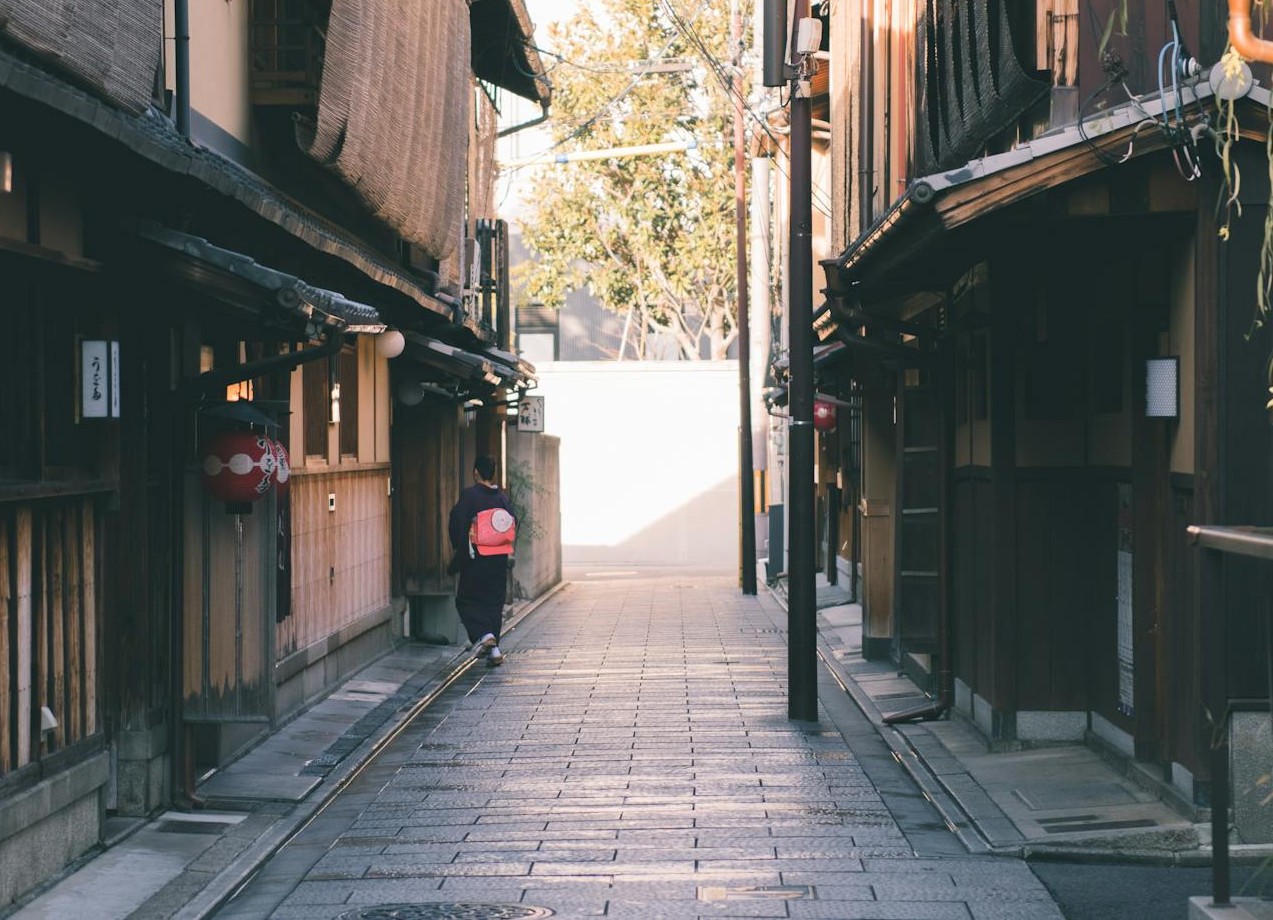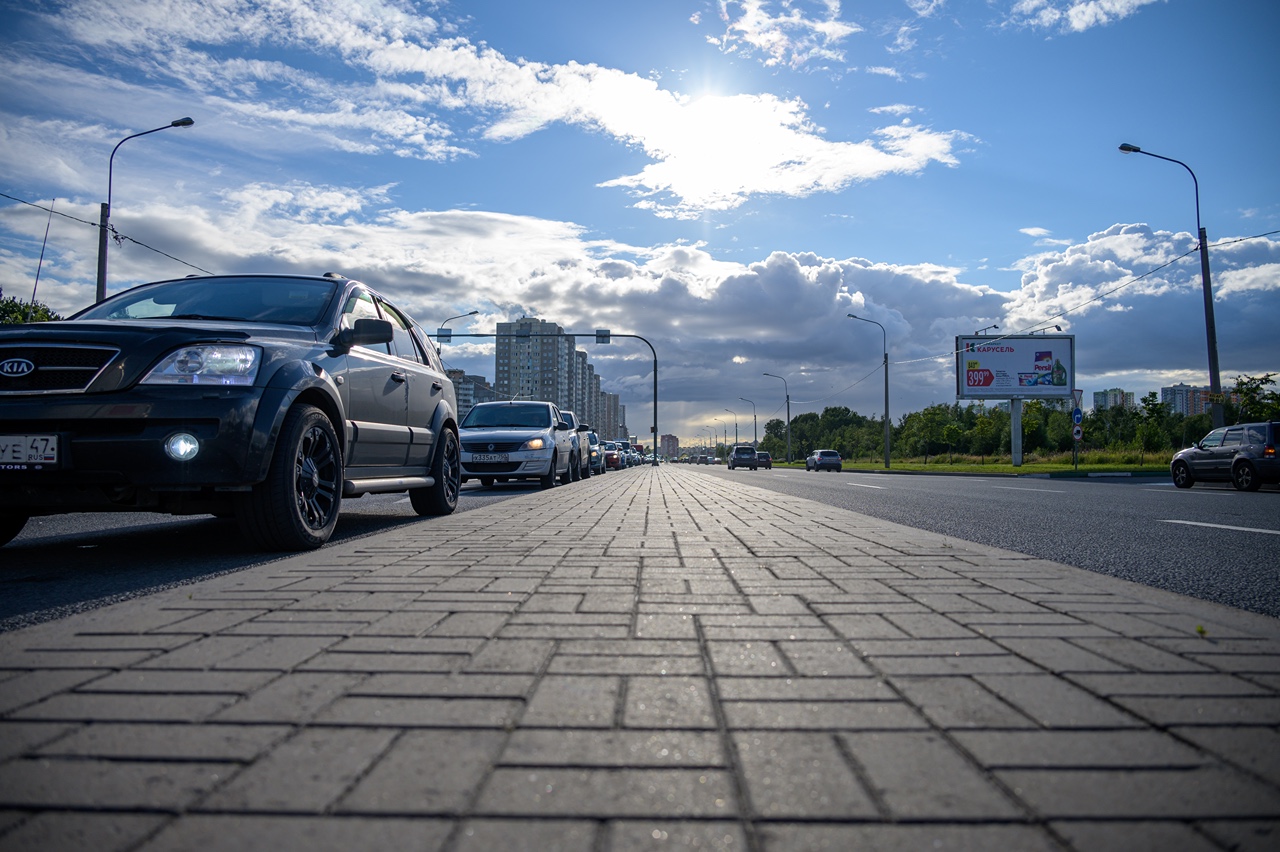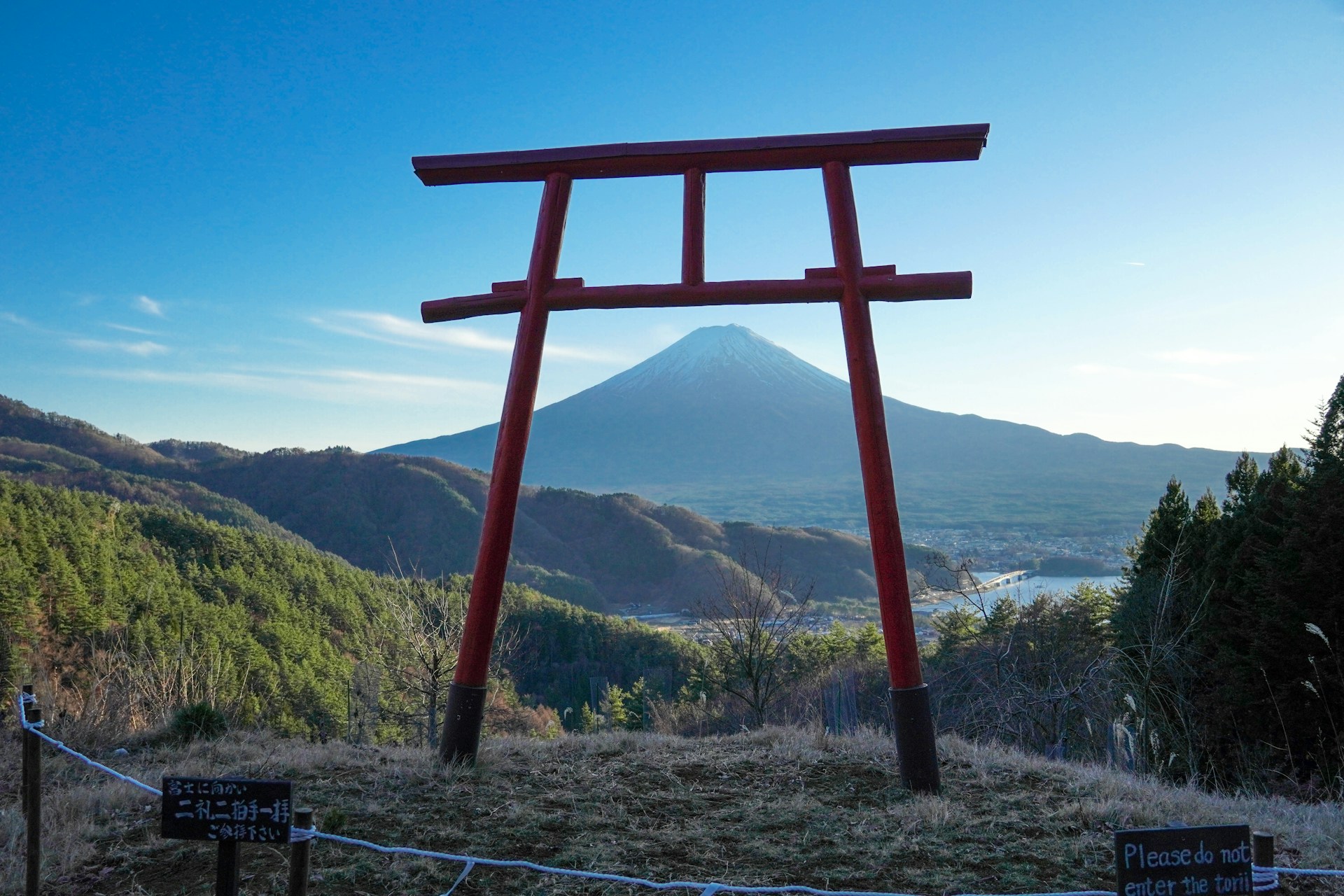Beloved destinations are choosing breathing room over gridlock. In 2025, city halls, park rangers, and port authorities are capping headcounts, charging day fees, and spreading arrivals across quieter hours. The aim is simple. Protect local life, keep trails safe, and let heritage sites age in peace. Tickets sell out, road rules tighten, and quick detours become part of the plan. It asks more intention from travelers and gives back a calmer visit, clearer views, and a better chance to hear a place on its own terms.
Kyoto’s Gion District, Japan
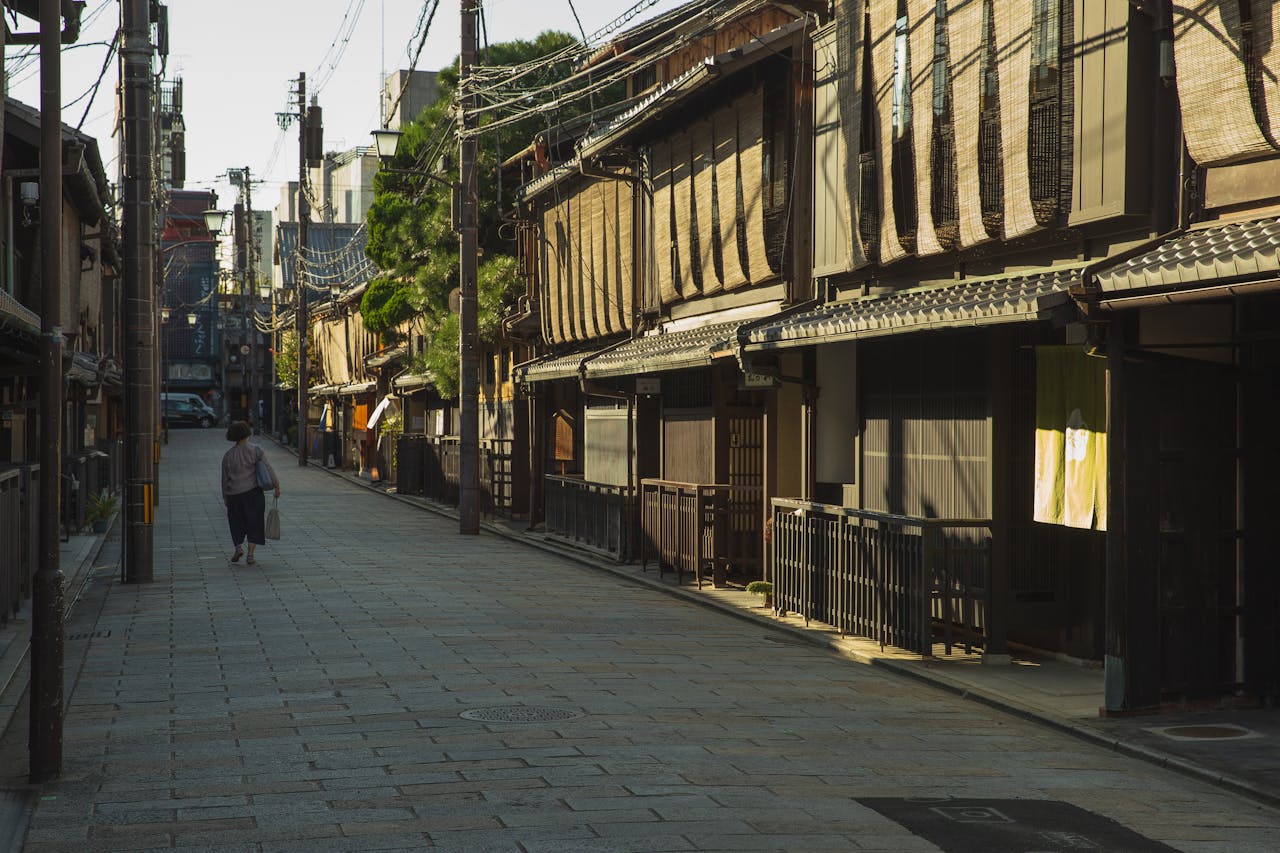
Gion’s narrow lanes hold working teahouses and real neighbors, not a stage set. Officials are fencing off private alleys, posting clear fines for intrusive photography, and steering foot traffic to public streets. The policy protects geiko and maiko on their way to appointments and eases pressure on fragile wooden facades. Expect signs, ward staff, and maps that mark no go passages. A courteous route still passes shrines and shops while letting the neighborhood keep its quiet trade.
Mount Fuji Yoshida Trail, Japan
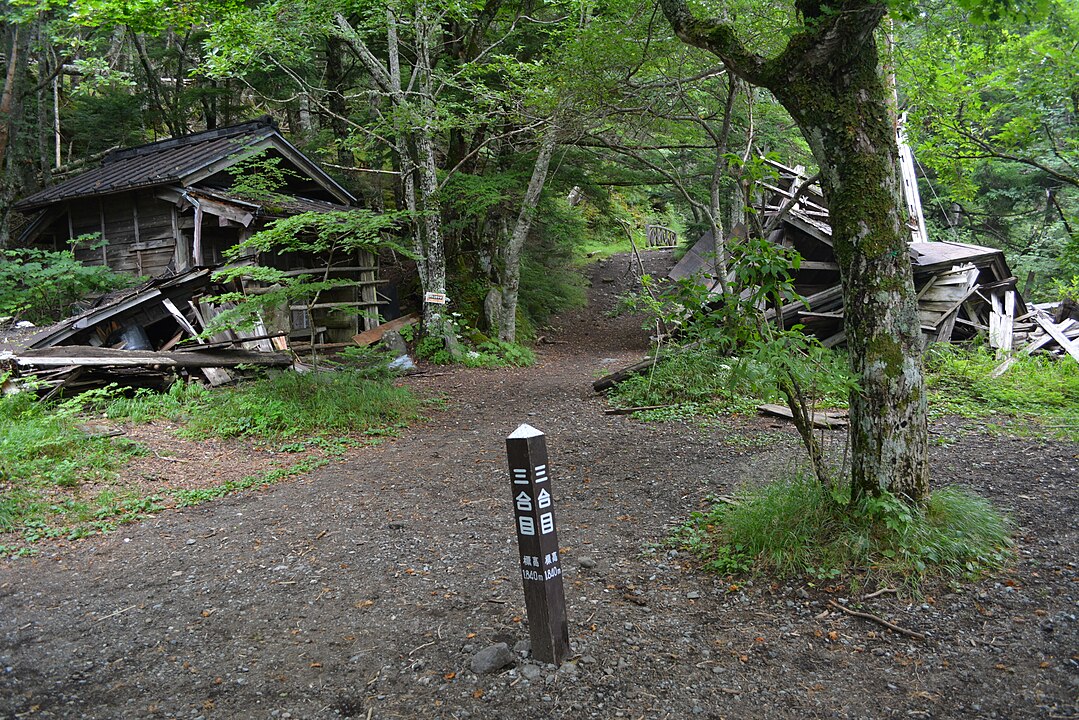
The Yoshida route now uses a daily hiker cap, paid entry, and gates that close when slots run out. Night climbs that once stacked headlamps into risky queues are discouraged, and volunteers watch for altitude sickness on crowded switchbacks. The rules concentrate on safety and erosion, not on turning Fuji into a theme park. Book a start time, bring layers, and pace the day. A steady line to the summit beats a rush that strains rescue teams and scars the cinders.
Venice Day Pass, Italy
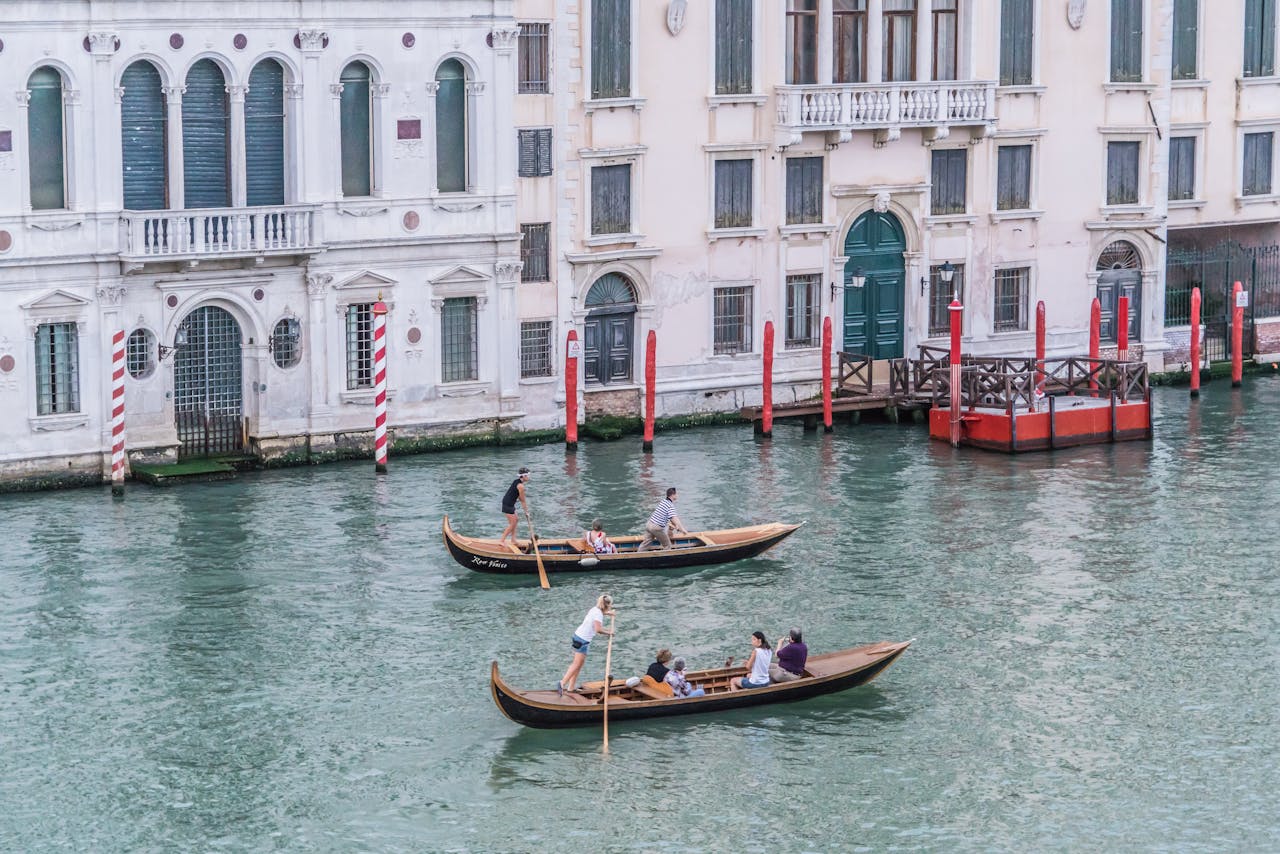
Venice charges day trippers on select high traffic dates and scans QR codes at entry points. Overnight visitors already pay a lodging tax, so the fee targets those who crowd bridges and docks without supporting services. The goal is fewer bottlenecks on the Rialto, shorter lines for vaporetti, and money for maintenance that salt air never stops demanding. Plan ahead, check the calendar, and time arrivals outside crush hours for canals that feel like canals again.
Amalfi Coast Road Rules, Italy
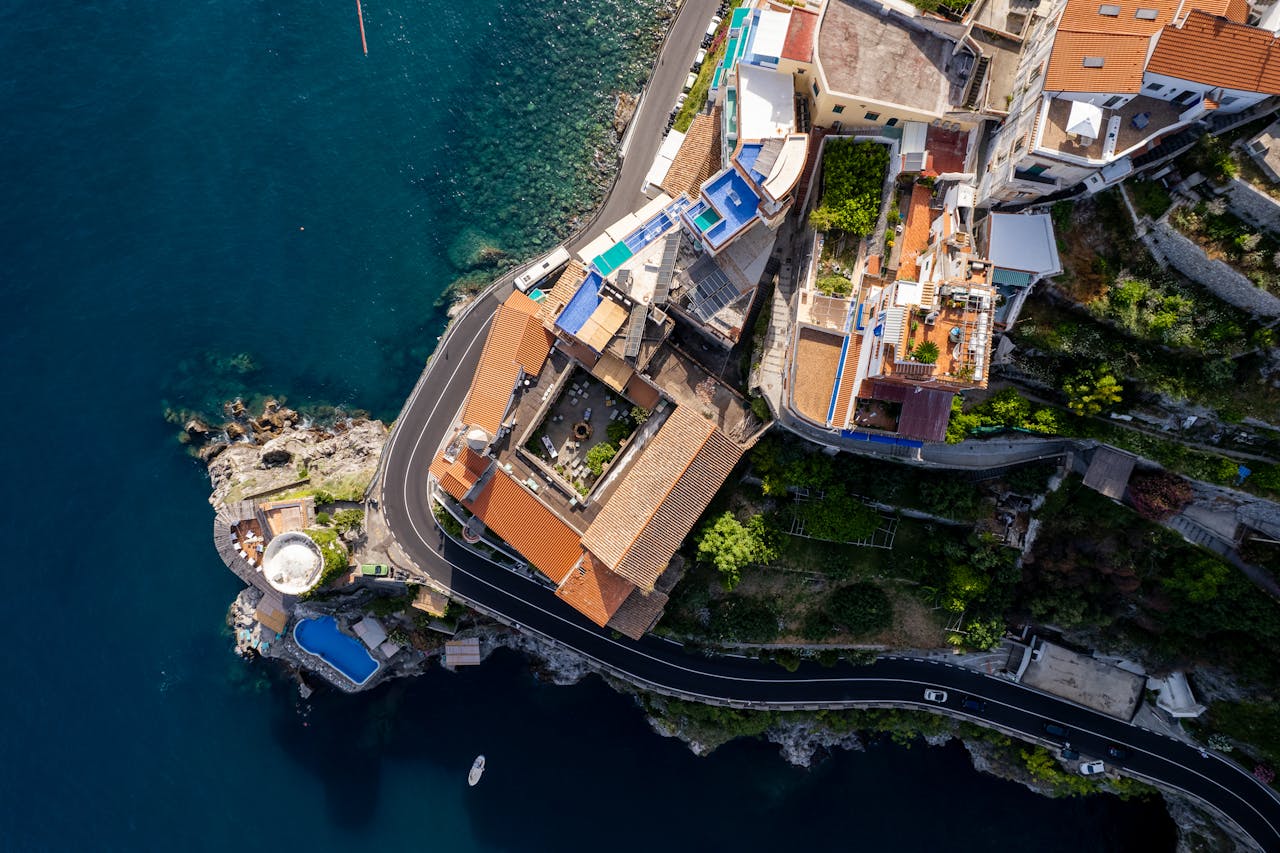
The coastal road is the limit, not the will to visit. On peak dates, private cars follow odd even plate days and tight windows for entering the SS163. Buses and residents move first, which keeps towns from choking on their own scenery. In practice it means parking earlier, hopping a ferry, or choosing a driver who knows the timetable. The reward is a coastline that flows, not a parade of overheated clutches inching past turnouts.
Park Güell Capacity, Spain
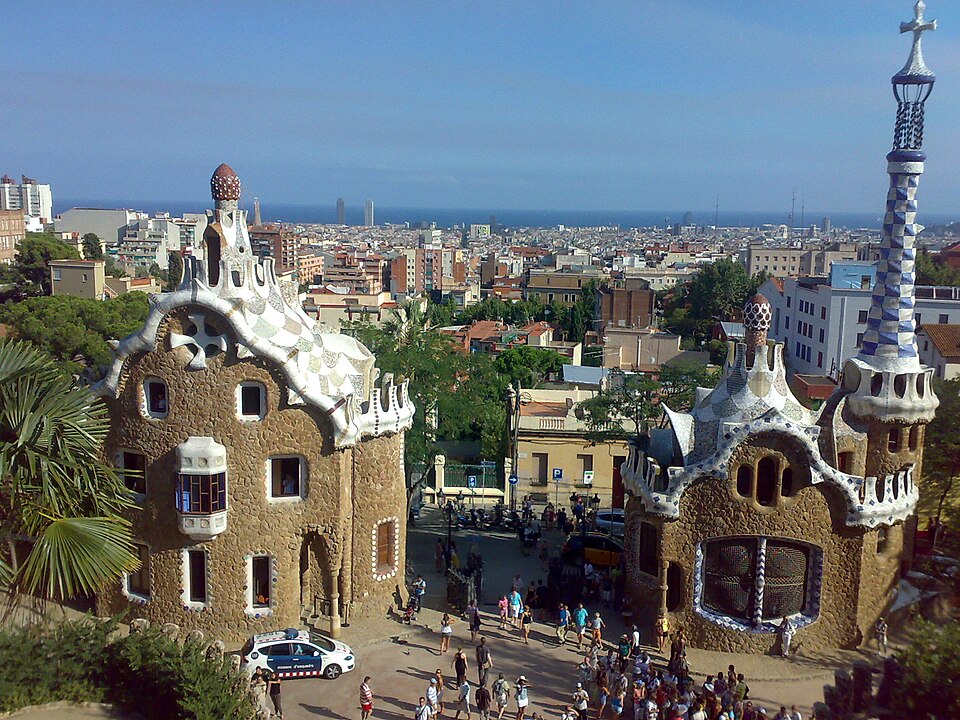
Gaudí’s mosaic terraces sit inside a lived in district where loud crowds echo off stone. Timed tickets and hourly caps keep the monumental zone from tipping into chaos. Entry windows reduce tripod farms on the benches and give neighbors back their streets. Arrive early or late for softer light and cooler air. The art reads better when conversations are voices, not a roar, and the salamander loses its bodyguard of elbows.
Santorini Cruise Limits, Greece
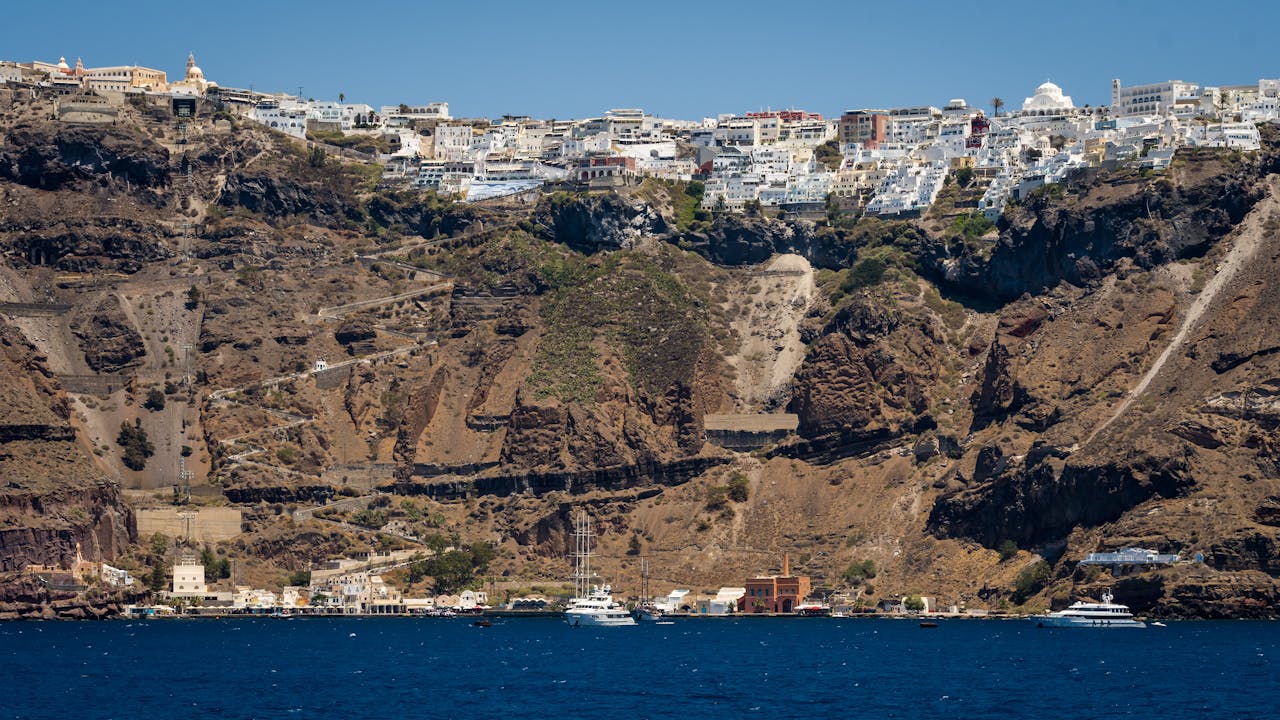
Santorini’s issue is not beds. It is sudden waves of cruise guests that swamp the cable car and Oia’s lanes. Port calls are staggered, daily passenger totals are trimmed, and an environmental levy funds wear and tear on the cliffs. The island breathes when a few thousand fewer shoes hit the white steps all at once. Stay longer if possible or land on a day with fewer ships. Sunset still stuns when the terrace is not shoulder to shoulder.
Dubrovnik Port Coordination, Croatia
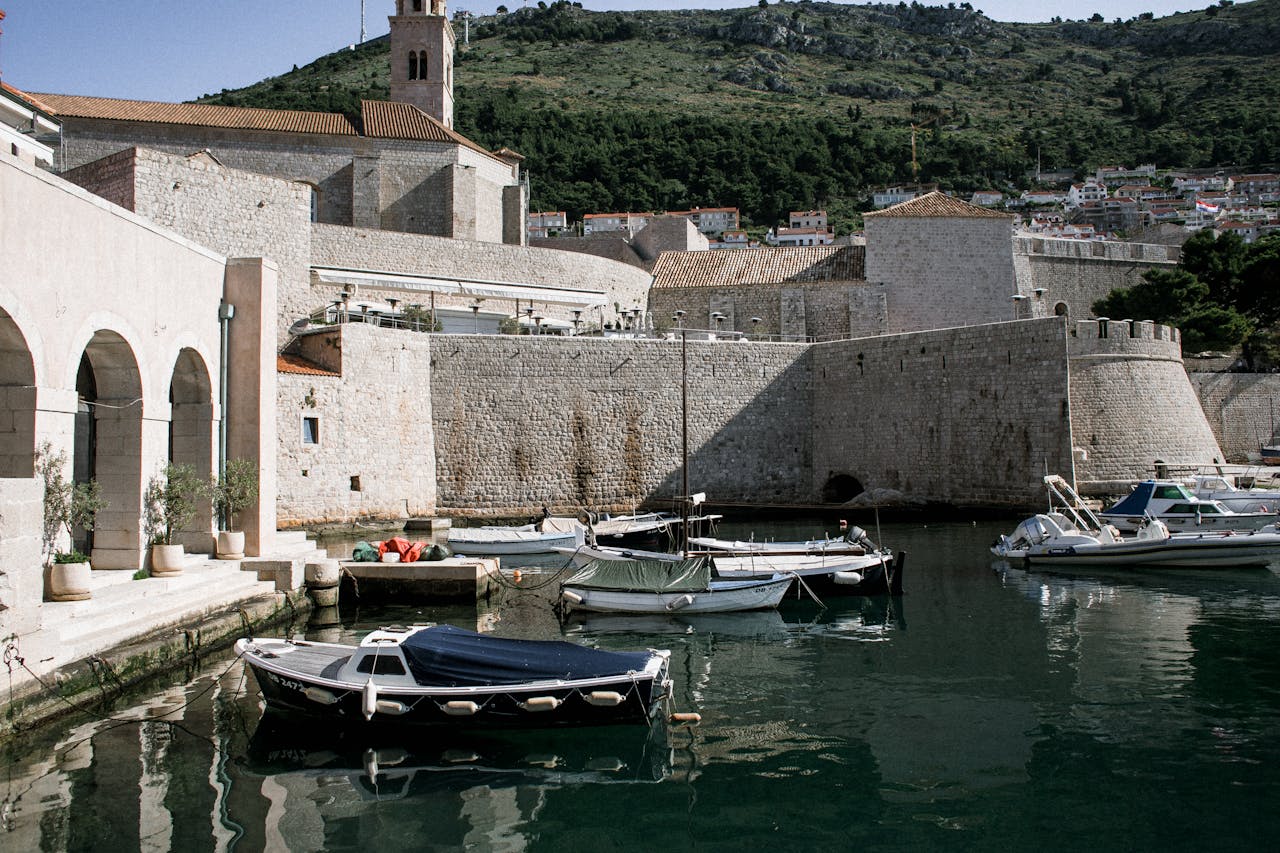
Old Town can take only so many groups at once. The city coordinates with cruise lines to cap ships per day and sets smaller tour sizes inside the walls. The change shows up on Stradun where strollers can actually stop for a photo without blocking a tide. It also shows up in shopkeepers who can talk rather than transact at speed. Plan a morning walk, then head for the walls before the midday pulse.
Maya Bay Seasonal Pause, Thailand
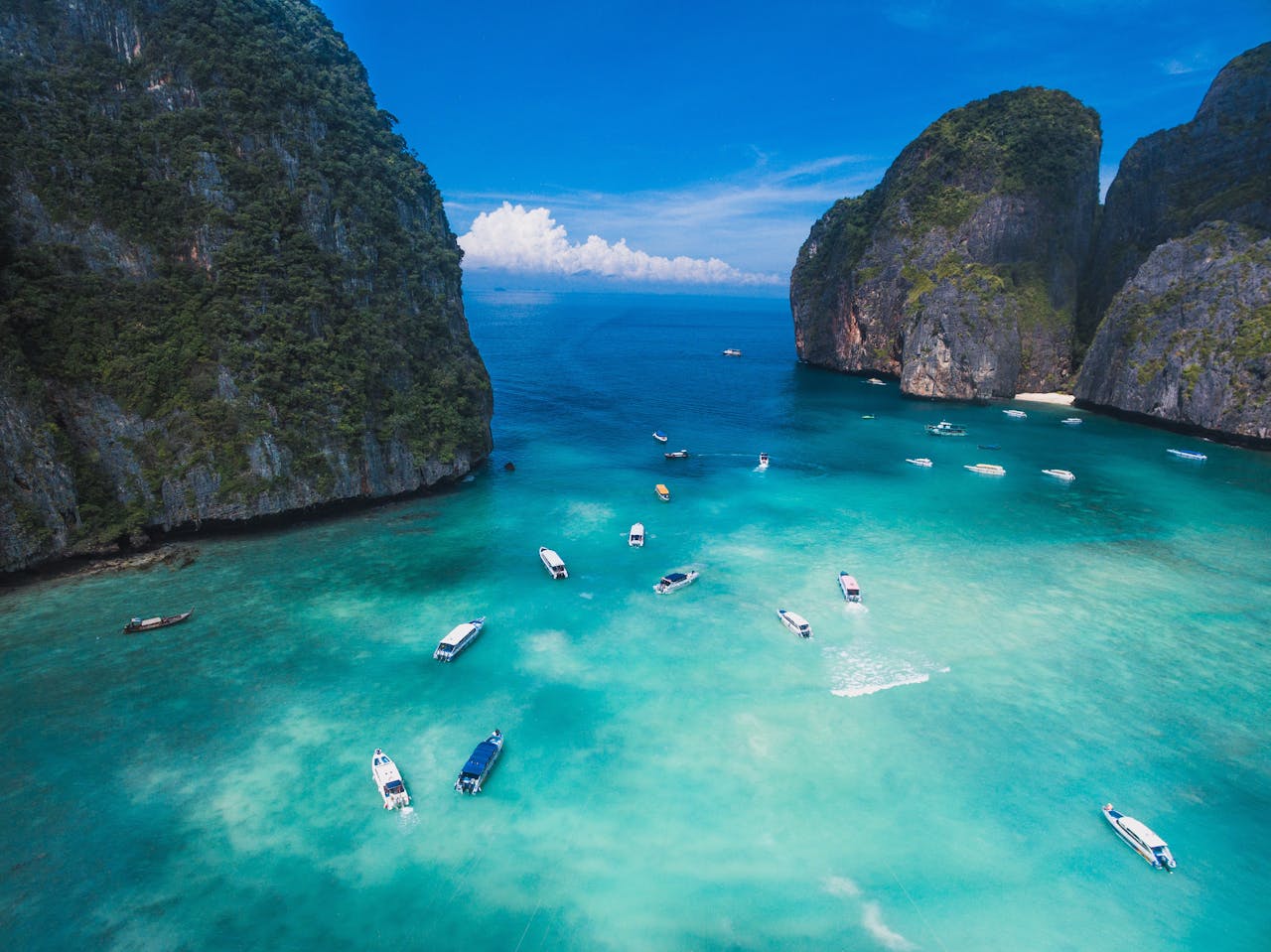
Maya Bay closes each year for reef recovery, then reopens with short shore visits, no boat entry into the bay, and daily limits. Sharks return to the shallows, coral regrows, and guides know the drill. The rhythm is strict by design. Travelers trade a long linger for a careful glimpse that leaves the nursery intact. Nearby coves and trails share the load, and the famous beach finally looks like a beach again, not a set under floodlights.
Glacier Vehicle Reservations, United States
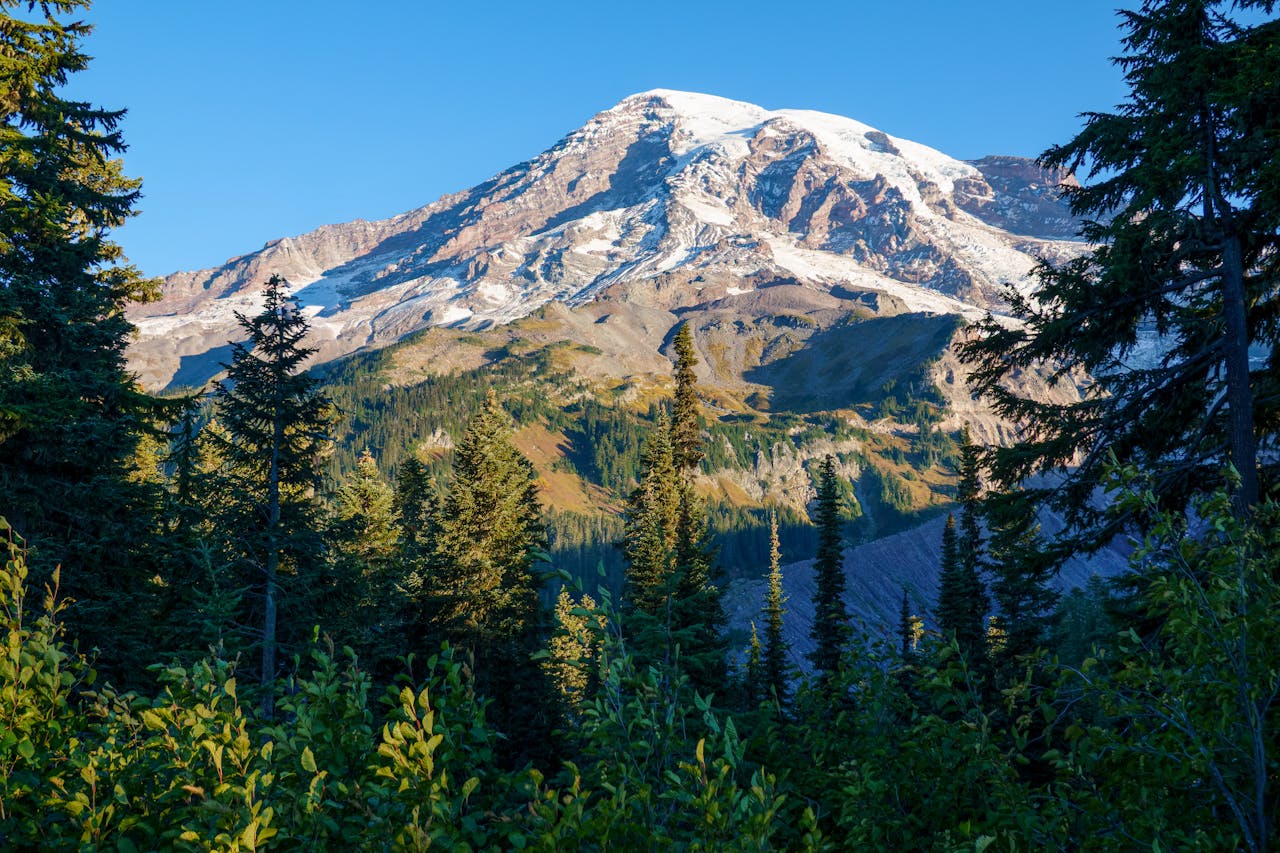
Glacier uses daytime vehicle reservations for Going to the Sun Road and other popular entrances. Passes spread traffic so trailheads do not decide a day by lot luck. Shuttles fill gaps, rangers help match hikes to weather, and parking lots stop spilling into meadows. Book a window and back it up with an early start. The payoff is a road that feels like a mountain drive, not a stalled convoy above a lake.
Rocky Mountain Timed Entry, United States
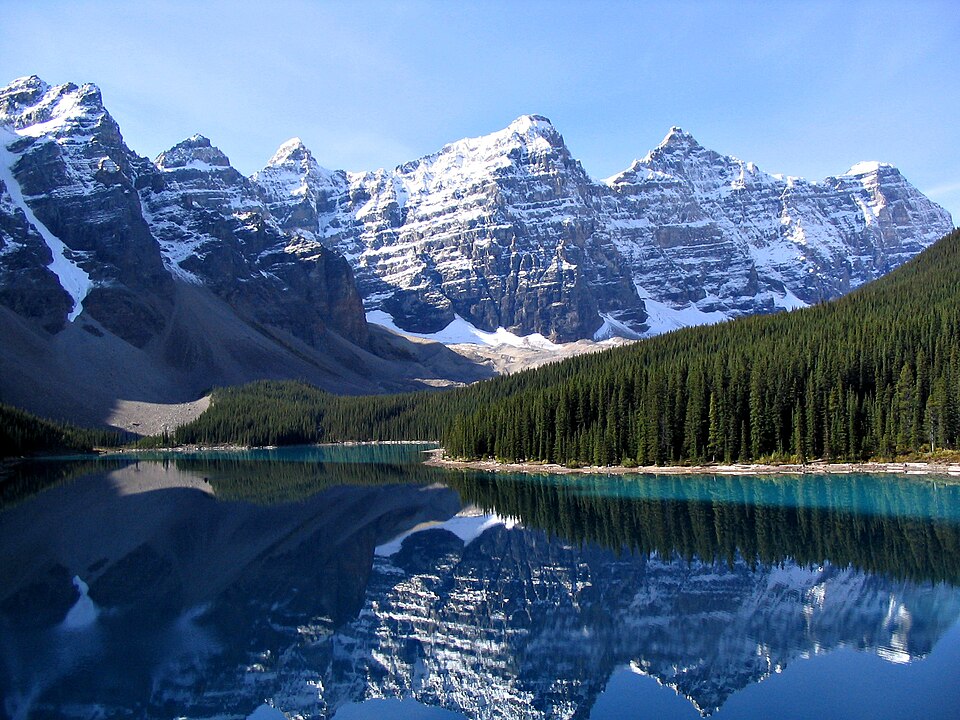
Colorado’s busiest park keeps timed entry across two zones. Bear Lake needs a separate window because its trailheads pack fast, while the rest of the park runs on a wider schedule. The split smooths pressure on shuttle stops and keeps elk meadows from becoming overflow parking. Check which pass matches a plan and pivot if storms roll through. An afternoon slot with shifting clouds can be better than a blue sky crush at ten.
Angels Landing Permits, Zion, United States
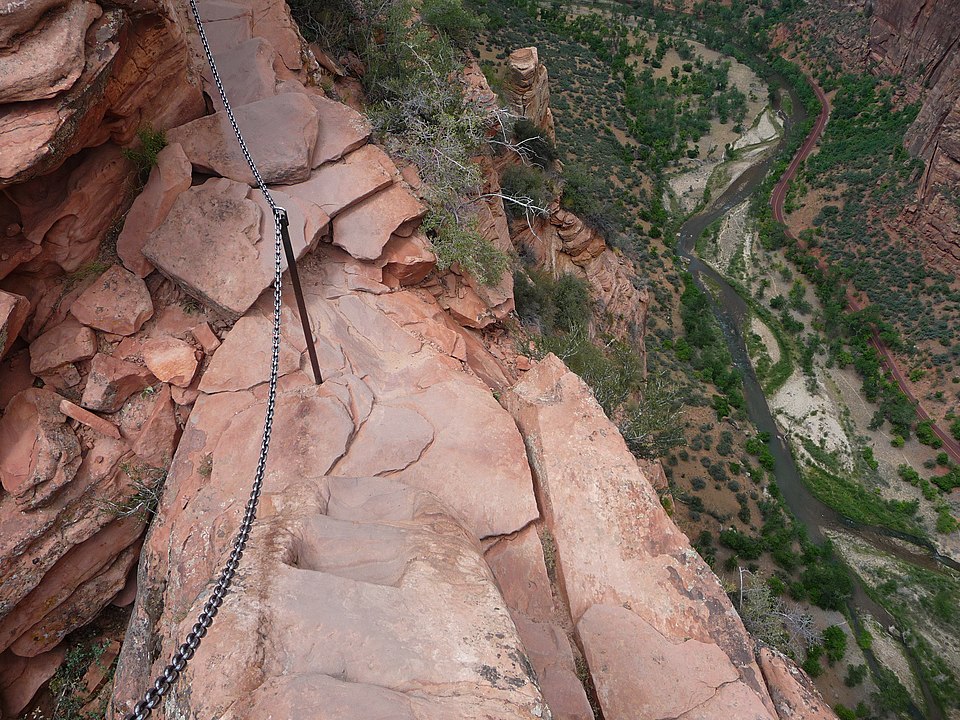
Zion spreads hikers on the chain section with a seasonal lottery and a day before draw. The system turns a free for all into an orderly climb where passing is safer and pauses do not domino into panic. Permits do not remove exposure or effort. They remove the worst crowd dynamics from a narrow spine of sandstone. Carry water, wear shoes with grip, and keep eyes on the next move. The view is still there when the line breathes.
Hāʻena State Park Reservations, Hawaiʻi
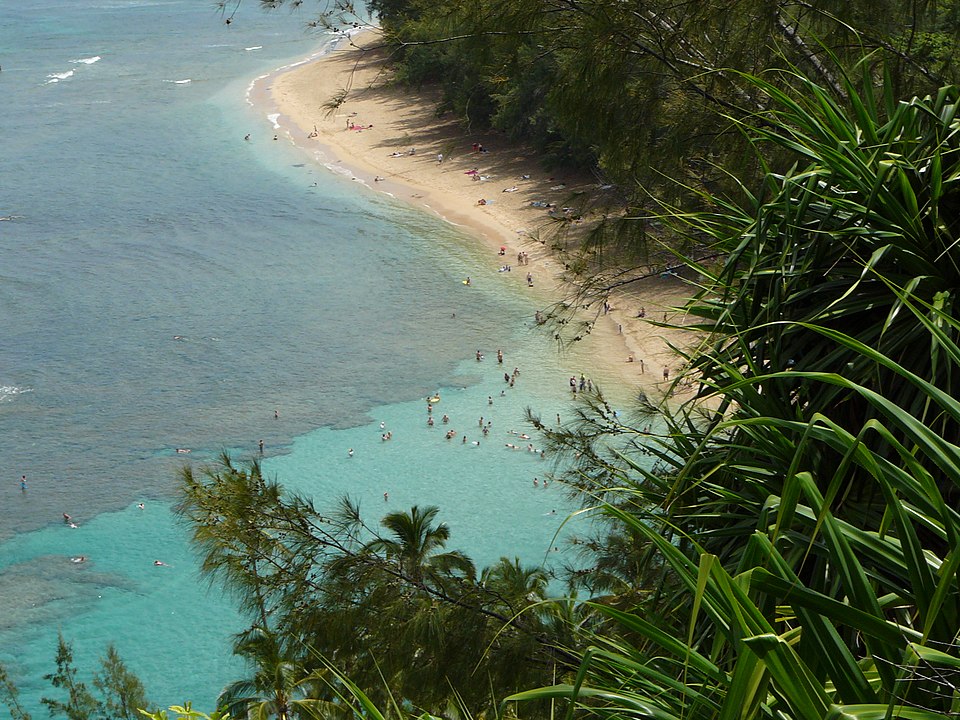
On Kauaʻi’s North Shore, Hāʻena rebuilt access after floods and kept the cap. Daily entries and shuttle reservations limit the load on Keʻe Beach and the start of the Kalalau Trail. Community partners run the system and use fees for stewardship rather than spectacle. Expect fewer cars, clearer paths, and staff who know both the tides and the history. The first mile sets the tone for the coast, and now it sets it gently.
